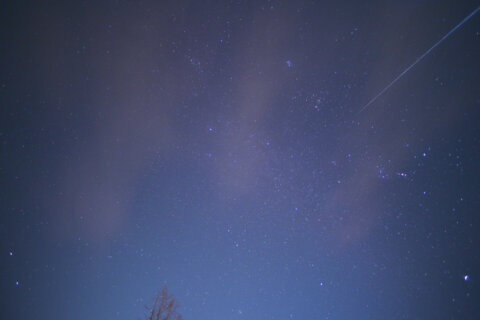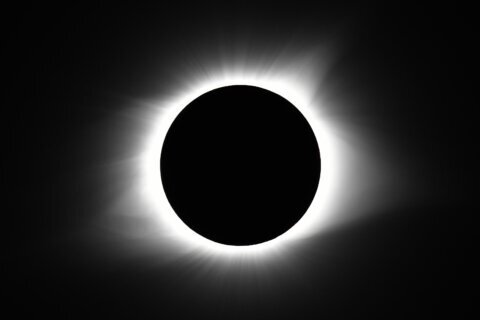
Last year, the Geminid Meteor shower was washed out by the bright moon. But conditions overnight Wednesday and early Thursday — the peak time — are primed for giving skywatchers a wonderful display for what’s expected to be the best-performing meteor shower of the year.
The moon will not be a factor this year and better yet, we have clear skies forecast on Dec. 13-14.
I say the best meteor shower of the year, because the Geminids have proven to reliably produce a large number of meteors per hour in a dark sky — upward of 100+ — and many of them are bright. Plus, the Geminids is the only major meteor shower where you can see a good number of meteors starting at 10 p.m. Eastern time instead of the hours just before dawn.
The peak activity for the Geminids is predicted to occur on Dec. 14 at 2 p.m., so the hours before dawn should produce the greatest number of meteors. It also means that the night of Dec. 14-15 could produce a fair number of Geminids as well.
The best place to see the Geminids is a location away from lights and obstructions such as trees and buildings.
If you are a city dweller, you still may see the brightest Geminids as long as you are not staring into a streetlight or nestled in among tall buildings. The view of the Geminids is worth it from the suburbs as long as lights and obstructions are minimized to the best of your abilities. Out in the country or along the beach is the best place to be.
The key to watching the shower is being comfortable — or in other words: warm.
The Geminids can appear anywhere in the sky, but looking straight up gives you the widest viewing area — this is where a lounge chair and some blankets may come in handy. Just standing and looking up will get very tiresome, very fast.
You do not need any equipment or know how to enjoy the show.
Starting at 9 p.m., look in the East for the constellation Gemini — for which this meteor shower is named. A meteor that’s part of the shower can be traced back to the radiant where the meteors appear to come from, near the star Castor, in Gemini. Sporadic meteors that are not part of the shower can be seen during the night as well.
If you have a camera you may want to photograph the shower, but don’t spend all your time with the camera — enjoy the view for yourself.
Watch this video from skyandtelescope.org to get the full scoop on the Geminds.
Each year at this time, our planet encounters a debris stream of rock particles made by Asteroid 3200 Phaethon that causes the Geminids, which is the only meteor shower caused by an asteroid. All others are due to cometary debris.
As Earth moves in its orbit around the sun, it collides with this rocky debris stream and the particles hit our atmosphere at 22 miles per second to become “shooting or falling stars.”
It is thought that the Geminds are brighter than other meteor showers because they involve larger and heavier debris — about the size of a pea — than normal cometary dust and penetrate deeper into the atmosphere.
If you can’t see the shower in person, as stated by Sky and Telescope, “Astronomy popularizer Gianluca Masi will livestream the shower on both Dec. 13 and 14 starting at 6 p.m.
Enjoy the sky show and share on X @SkyGuyinVA, Facebook and check out my daily blog to keep up with the latest news in astronomy and space exploration.






